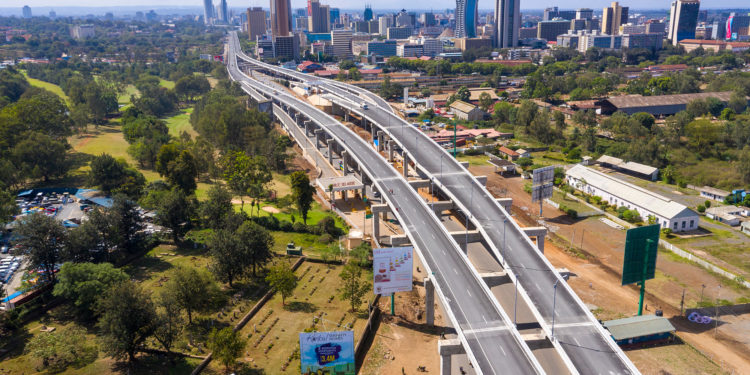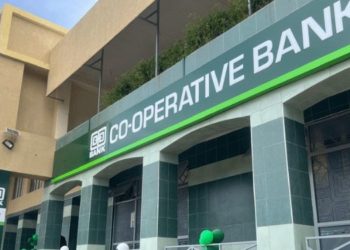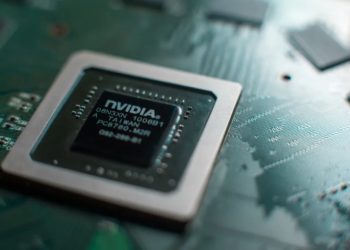Visions of a futuristic Nairobi include big and wide roads. The Nairobi Expressway is a significant development in this vision, running from Mlolongo to the Nairobi-Nakuru highway, with construction now complete and the road operational. Among the woes it is meant to cure, traffic congestion on the parallel roads, especially Mombasa Road, remains a key concern.
It is a common phrase that more and wider roads do not necessarily translate to reduced traffic woes. As roads are built across some places, particularly in the Nairobi metropolitan area, there is likely to be an immigration of people to these areas. For instance, when the construction of the expressway was announced, developers wisely invested in areas along the road.
This increase in population consequently means more cars and more traffic, potentially defeating the purpose. For example, the Thika Road Superhighway was a relief for about five years before traffic nightmares became the norm once again.
Additionally, there is the issue of toll charges for vehicles using the expressway, which are based on inflation rates and the dollar exchange rate. It remains speculative whether motorists currently using the A8 road will be willing to pay to use the expressway. As commonly stated, it might become a road for the wealthy alone.
While more and wider roads increase the capacity of carriageways, Kenya, as a developing country, will see an increase in the number of cars on its roads as it develops. This growth could outstrip the capacity of the current transport system.
Therefore, the government should encourage alternative methods of reducing traffic, not just building more roads. Roads should be constructed with multiple purposes in mind, with the added benefit of reducing traffic congestion


















